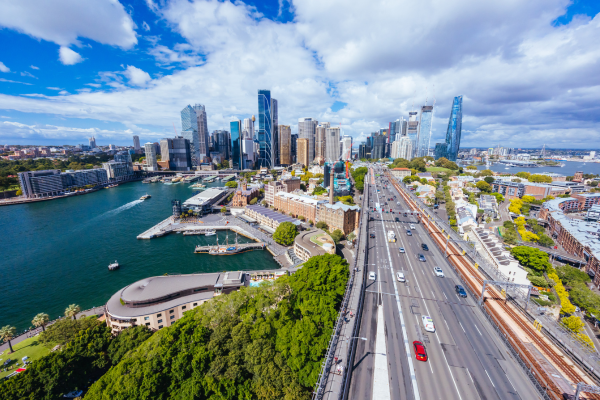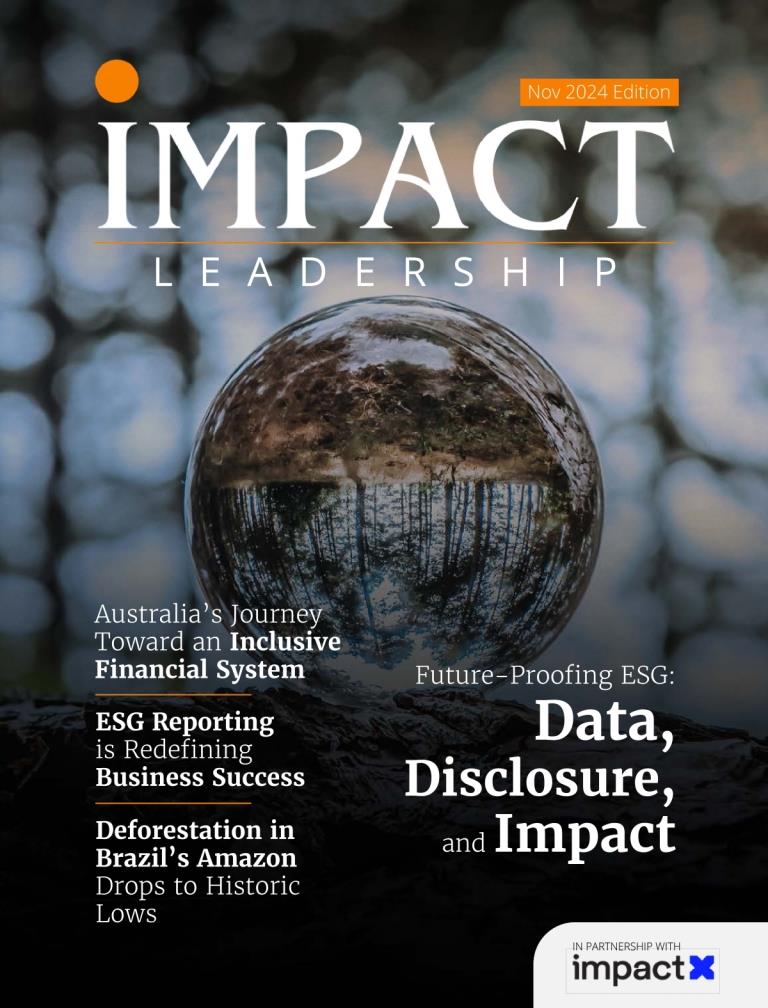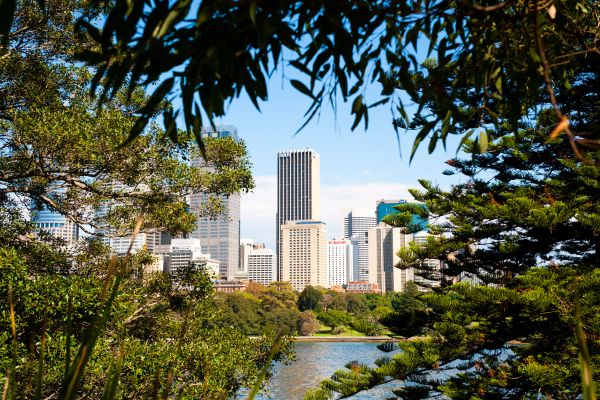Forests are one of the largest, most cost-effective climate solutions available. Activity that conserves, sustainably manages and restores forests contributes to economic growth, poverty alleviation, food security, climate resilience, biodiversity conservation and connects Indigenous communities to land. At COP26 in Glasgow, 141 countries made a Declaration on Forest and Land Use and committed to halt and reserve forest loss and land degradation by 2030. Commitments include action and policy to conserve and restore forests and other terrestrial ecosystems and to accelerate their restoration. Forestry leaders and advocates came together to discuss the most pressing challenges and explore potential solutions aimed at achieving a sustainable future by 2030. Here’s a summary of their main takeaways.
Summary of Key Discussion Points:
- Economic Lens: Apply an economic lens to the value of forests to motivate diverse stakeholders, demonstrating how conservation can contribute to economic growth and resilience.
- Volunteer Engagement: Increase volunteer participation in forest conservation efforts, harnessing people power to support large-scale restoration and protection initiatives. High-Integrity Projects: Implement high-integrity carbon projects to avoid greenwashing, ensuring that carbon offsets and credits are genuinely contributing to forest conservation.
- Alternative Wood: Develop and promote market drivers for alternative wood products that reduce pressure on natural forests while meeting industry needs.
- Holistic Policy: Advocate for holistic policy approaches that integrate forest conservation with broader environmental, social, and economic goals, ensuring comprehensive protection and sustainable use.
- Mainstream Actions: Find ways to motivate mainstream action for forest conservation, making it a priority for businesses, governments, and individuals alike.
Speakers, Presenters and Moderators:
Carolin Leesha, TNFD Taskforce Member
David Bennett, Risk and Compliance Manager, PF Olsen
Gillian Mayne, Director Natural Capital Strategy & Investment, Environment & Heritage Policy & Programs, QLD Government
Jim Osborne, Founder, Yambulla
Libby Pinkard, Research Director, Living Landscapes, CSIRO
Nigel Miller, Chief Operating Officer, Climate Friendly
Phil Harrison, Chief Executive Officer, Conservation Volunteers Australia
Rachel Lowry, Chief Executive Officer, Bush Heritage Australia
Reece Proudfoot, Regen Labs
Dr Rob Waterworth, Chief of Science, Policy and Innovation, FLINTpro
Simon Dorries, Chief Executive Officer, Responsible Wood
Tim Cronin, Global Lead, Forests Forward, WWF International
Read more in the September 2024 issue of Impact Leadership magazine.
Source of Information: Impact X Summit Sydney: Climate and Nature 2030 Report











